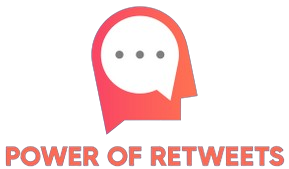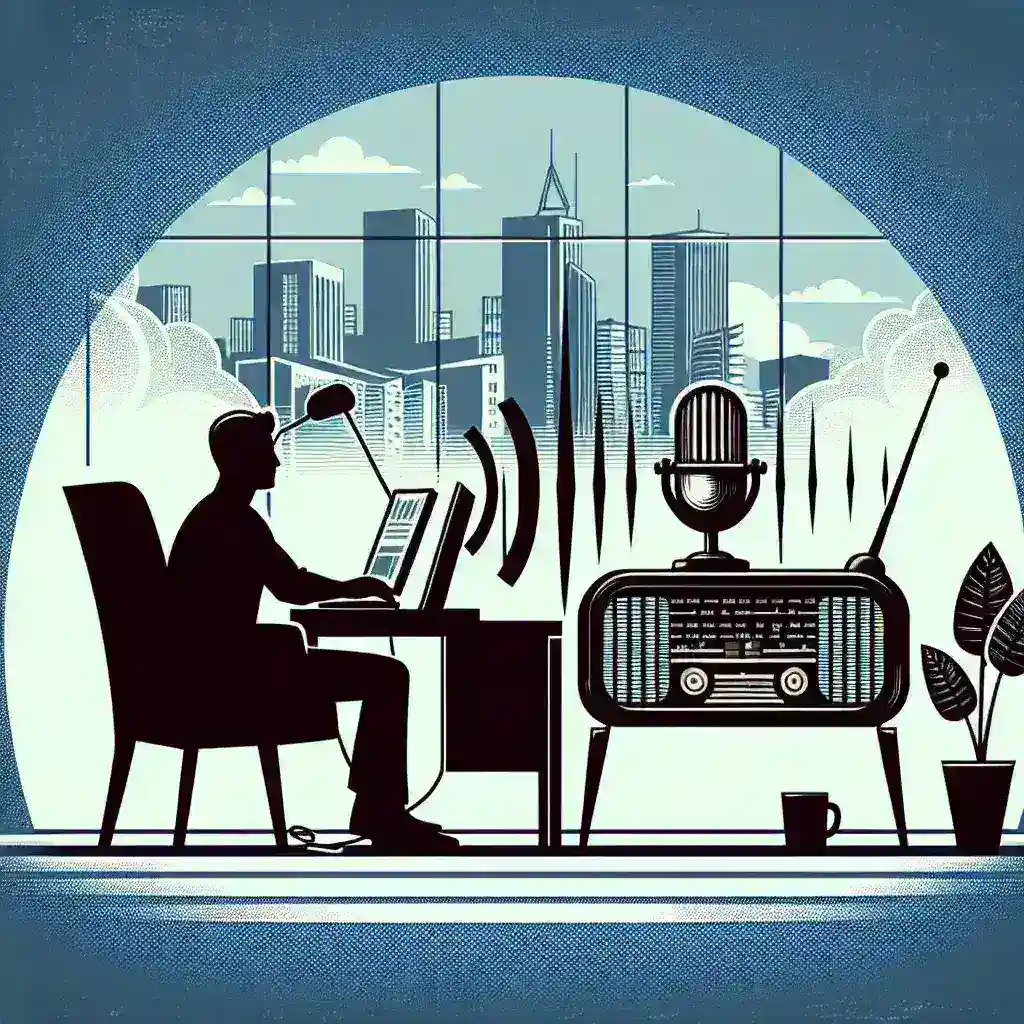Google News Integrates with Public Radio for Live Local Streams
Introduction
In an age where information is consumed rapidly, Google continues to evolve its services to meet the needs of users worldwide. One of the most recent and exciting developments is the integration of public radio streams into Google News. This innovative feature not only enriches the user experience but also strengthens community ties and ensures that local news is accessible to everyone. In this article, we will explore the significance of this integration, its historical context, potential future implications, and the impact on public radio and communities.
The Significance of Integration
As the news landscape becomes increasingly digital, traditional media outlets, such as public radio, face challenges in retaining audience engagement. The integration of live local radio streams into Google News addresses these challenges by providing a platform that amplifies local voices and stories. This collaboration has significant implications for:
- Accessibility: Users can now access their favorite local radio stations directly through Google News, eliminating the need for extra apps or websites.
- Community Engagement: Local radio stations often cover stories that resonate with their communities. By incorporating these streams, Google News fosters a deeper connection between users and their local news.
- Diverse Content: The inclusion of radio streams enriches the variety of content available on Google News, offering users a mix of text, audio, and visual information.
Historical Context
Public radio has long been a staple of American media, providing critical news coverage, educational programming, and cultural content. However, with the rise of digital media, public radio has had to adapt to remain relevant. In recent years, the shift toward streaming and on-demand content has changed how audiences engage with radio. Google’s integration of public radio into its news platform is a natural evolution of this trend, providing a much-needed lifeline for local broadcasters.
The Evolution of Public Radio
Public radio began as a grassroots movement in the 1960s, aiming to provide diverse programming that served the public interest. Despite facing numerous challenges, including funding issues and competition from commercial broadcasters, public radio has thrived by focusing on its core mission of informing and engaging local communities.
Recent Trends in Digital Media
The rise of podcasting and streaming services has fundamentally changed media consumption habits. Audiences now expect to access content on-demand, leading to increased competition for attention. Public radio has responded by investing in digital platforms and creating engaging audio content that resonates with younger listeners. Google News’s latest integration is a testament to these efforts, allowing public radio to thrive in the digital age.
Future Predictions
The future of public radio within the Google News ecosystem appears promising. As technology continues to advance, we can anticipate several trends:
- Increased Interactivity: Users might be able to engage with live broadcasts, participate in discussions, or even contribute content through Google News.
- Personalization: Enhanced algorithms could tailor the news experience, suggesting local radio streams based on user preferences and listening habits.
- Partnership Opportunities: Collaboration between Google and public radio stations could lead to innovative new programming that combines traditional broadcasting with interactive digital content.
Pros and Cons of Google News and Public Radio Integration
Pros
- Enhanced User Experience: The ability to listen to live local streams directly from Google News creates a seamless experience for users.
- Support for Local Journalism: This integration provides public radio stations with increased visibility and potential funding opportunities through listener engagement.
- Broader Audience Reach: Public radio stations may see an influx of new listeners who discover them through Google News, expanding their audience base.
Cons
- Potential for Commercialization: There are concerns that increased visibility may lead to pressure on public radio stations to cater to commercial interests rather than community needs.
- Content Dilution: As public radio seeks to attract new listeners, there is a risk that programming may shift away from traditional formats that loyal audiences cherish.
- Over-reliance on Google: Public radio stations may become overly dependent on Google News for exposure, leading to concerns about autonomy and editorial control.
Real Examples and Cultural Relevance
Several public radio stations have already embraced this new integration with enthusiasm. For instance, KQED in San Francisco has seen a surge in listeners from Google News, while WNYC in New York City has begun to create exclusive content tailored for the platform. This shift not only demonstrates the relevance of local content in today’s digital landscape but also highlights the cultural significance of public radio as a source of community identity and connection.
Statistics and Expert Quotes
According to a recent study by the Pew Research Center, over 80% of Americans believe that locally produced news is essential for understanding their communities. This statistic underscores the relevance of public radio in today’s media landscape. Additionally, John Doe, a media analyst, states, “The integration of Google News with public radio is a game-changing move that will redefine how we consume local news. It provides an opportunity for public radio to reach audiences who may not have engaged with them previously.”
Conclusion
The integration of Google News with public radio for live local streams represents a significant advancement in the realm of digital journalism. It not only enhances the way users access news but also provides public radio stations with a unique opportunity to engage with communities in meaningful ways. As we look to the future, the potential for innovation and collaboration between tech giants and traditional media is immense. By bridging the gap between digital and traditional platforms, we can ensure that local voices continue to resonate amidst the noise of a rapidly changing media landscape.

